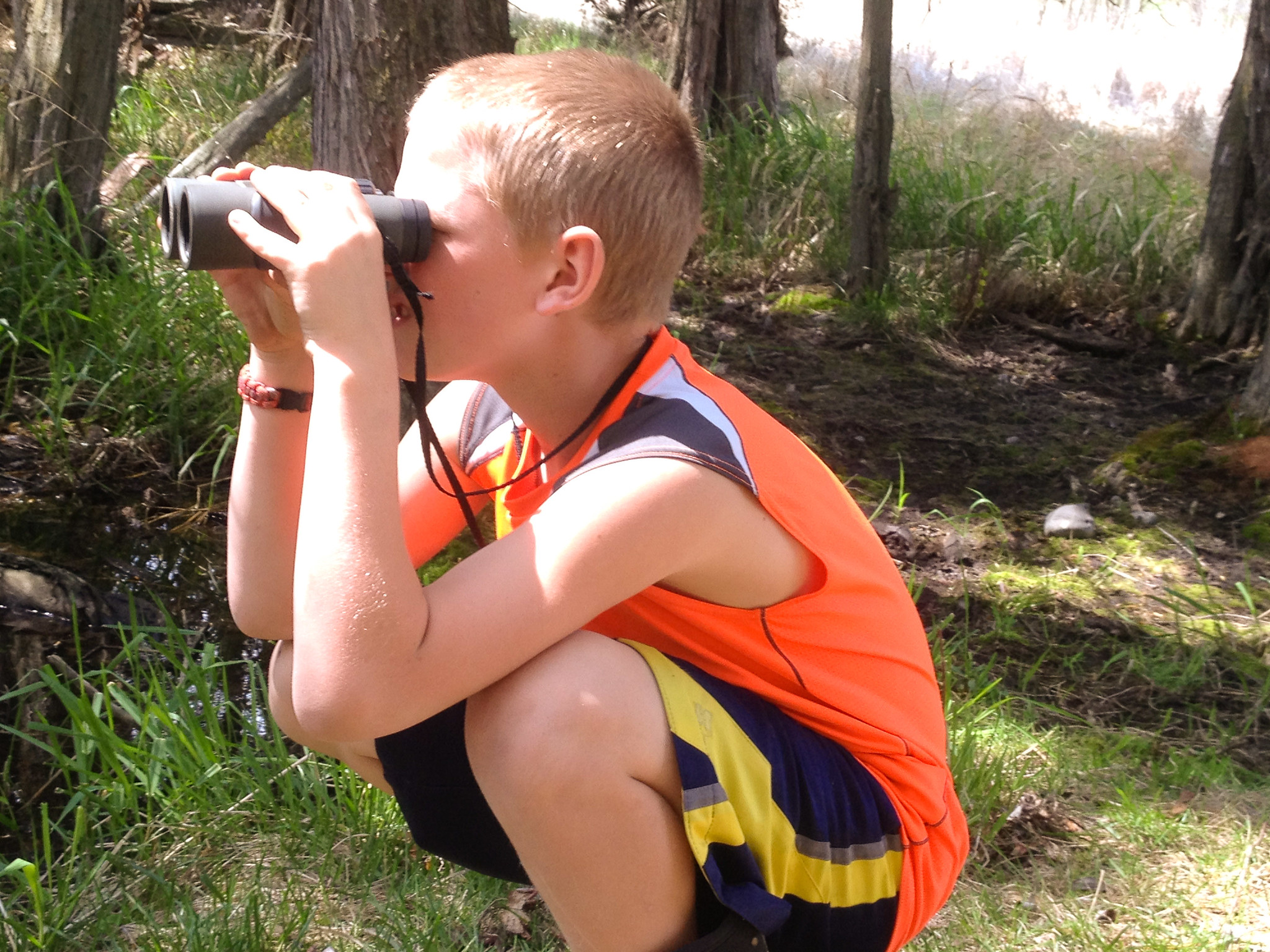Gardening grants us solace – research bears that out. Digging in the soil is good for our mental health and we need that more than ever as we follow Gov. Kate Brown’s order to “stay home, save lives.”
Even weeding helps keep anxiety at bay, said Brooke Edmunds, Oregon State University Extension Service horticulturist. A bonus: This time of year, the moist soil makes weeds easy to pull. It’s an activity that kids can participate in. Use the opportunity to turn weeding into a lesson by explaining what a weed is and why they can be bad for the environment by taking over native habitat.
And how about birdwatching? Grab some binoculars and a field guide, which are readily available online, and get outside. The National Audubon Society Field Guide to Birds for the Western Region is a good book, but there are many more. Birdwatching is another way to get kids involved in an outdoor activity. Get them engaged by having them draw and color the birds they see.
Gail Langellotto, horticulture professor and state Master Gardener coordinator, suggests the app Seek by iNaturalist.
“Seek will help gardeners and nature lovers to learn more about the flora and fauna in their garden, neighborhood, or nearby natural area,” she said. “It can be used by parents looking for homeschool type activities with their kids. This app is a beautiful combination of technology married with the natural world, and can help open up doors to kids and families who have always wondered ‘what is that plant?’ or ‘what is that insects?’ Discovery can happen anywhere.”
Consider starting a vegetable garden. During World War II, people were encouraged to plant Victory Gardens so they could eat fresh produce while food was being rationed. Approximately 20 million people stepped up, according to U.S. Department of Agriculture estimates.
There are many reasons to grow your own food – you know where your food came from and what types of fertilizers and pesticides, organic or synthetic, have been used; it tastes better than store-bought produce; it relieves stress; saves money; and keeps you active.
Many seeds and starts can be planted now, including radishes, carrots, beets, carrots, chard, kale, brussels sprouts, peas, broccoli, leeks and salad greens. Hold off on warm-weather crops like tomatoes, peppers, melons, corn, summer squash and eggplant until soil temperatures reach at least 65 degrees; 70-75 dgrees is better. An inexpensive soil thermometer is all you need.
Scott Thiemann, OSU Extension Master Gardener coordinator in Curry County, said to sow seeds of the same vegetable so kids can compare their growth. If you’re inclined, use the opportunity to teach them how plants grow.
“Ensure that only one ‘variable’ at a time is changed,” he said. “For instance, the amount of water applied is an easy way to teach kids about plant needs and how to do a science experiment. Transplanting seedlings into larger pots and into the garden will also teach kids about the process and is a way to compare results and be scientists.”
Three worthy references are Extension’s publication Growing Your Own, the Master Gardener Series: Vegetable Gardening (free for a limited time) and the Educators Guide to Vegetables. If you don’t have your vegetable seeds, starts or supplies yet, many garden centers are open. Some offer curbside pickup and some have catalogs. Oregon Association of Nurseries is keeping a list of nurseries that are open and what they provide. Some garden centers may not be on the list, so call your favorite.
OSU Extension offices are closed to help minimize the risk and spread of COVID-19, but a great way to reach a Master Gardener or Extension expert is with OSU Extension’s Ask an Expert service. Also, you might find an answer in the gardening resources on the Extension website or in publications in our Extension catalog
Some other idea for passing time in the garden:
- Learn how to attract hummingbirds to your garden.
- Study native mason bees and plan to have some in your garden next spri
- If you’ve got some wood on hand, build a bird house.
- Now’s a great time to divide or move plants.
- Plan a garden bed meant to attract pollinators and find appropriate plants.
- Find out how to attract beneficial insects to your garden.
- Have kids make mosaics out of seeds or dry beans: Draw a design or image on cardboard and then trace the design with glue and add seeds or dry beans to create a mosaic piece of art.
- Have fun looking over beautiful plant catalogs and garden books. Have kids cut out photos and design their own garden.
- If you have plans to plant a tree or shrub and know which one you want, order it from a nursery and pick it up curbside.
- Just enjoy it. Breathe in the spring air, turn your face to the sun (when it’s here) and appreciate what you’ve created.

